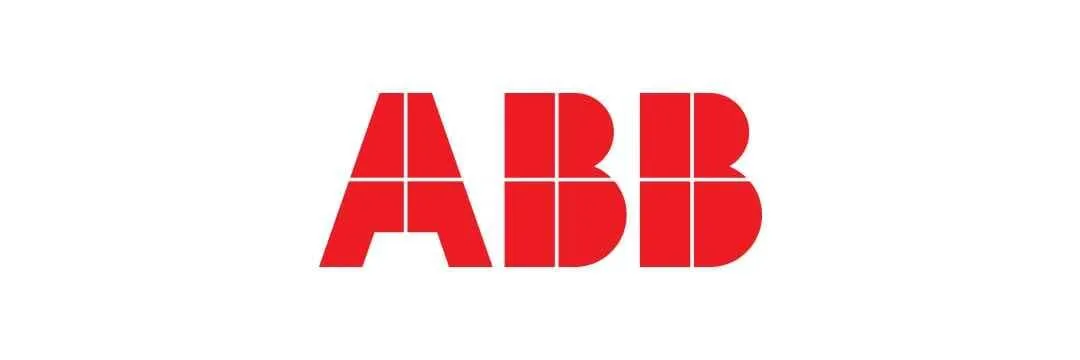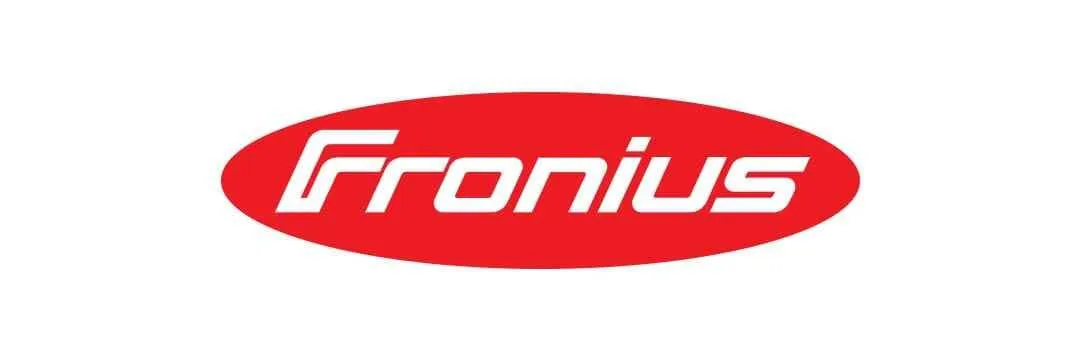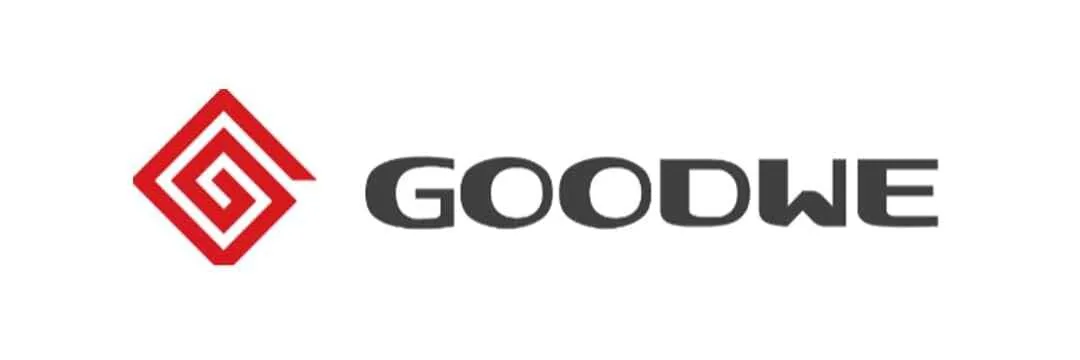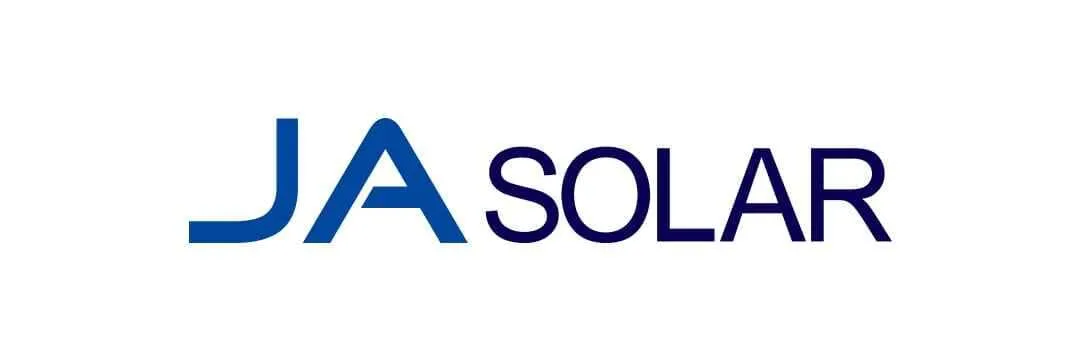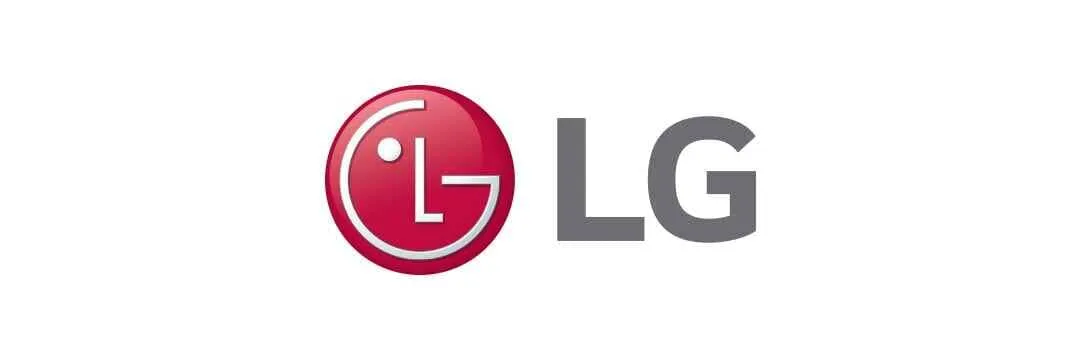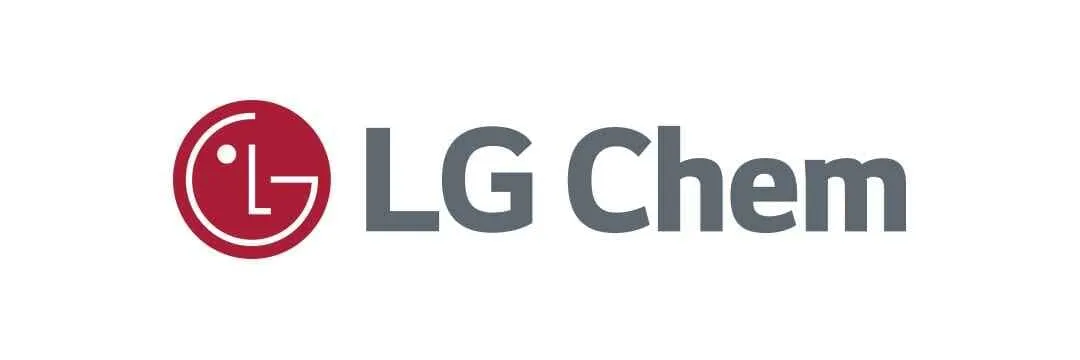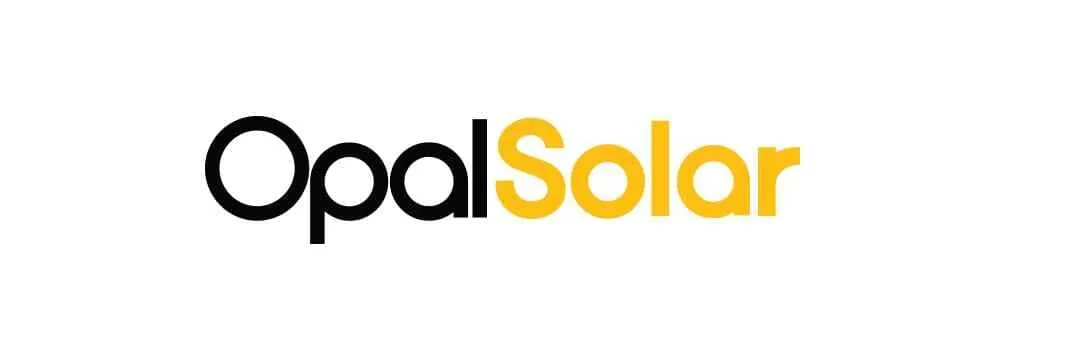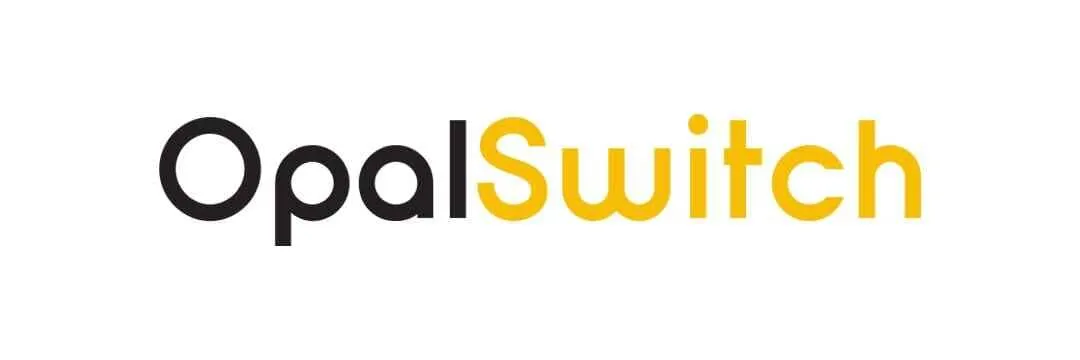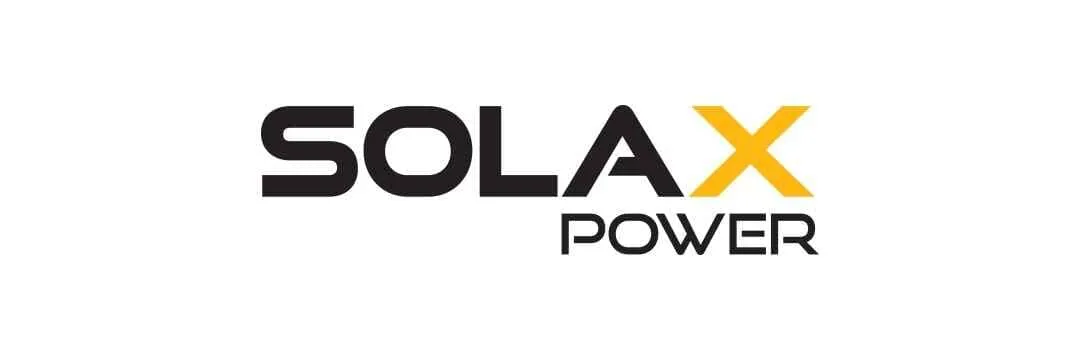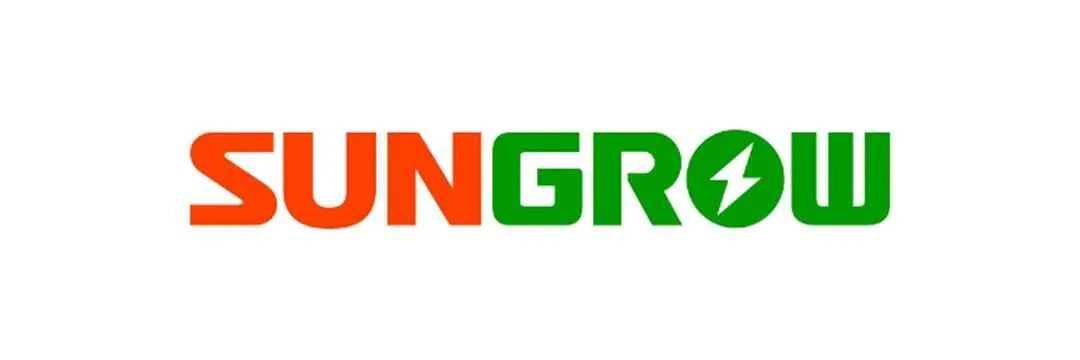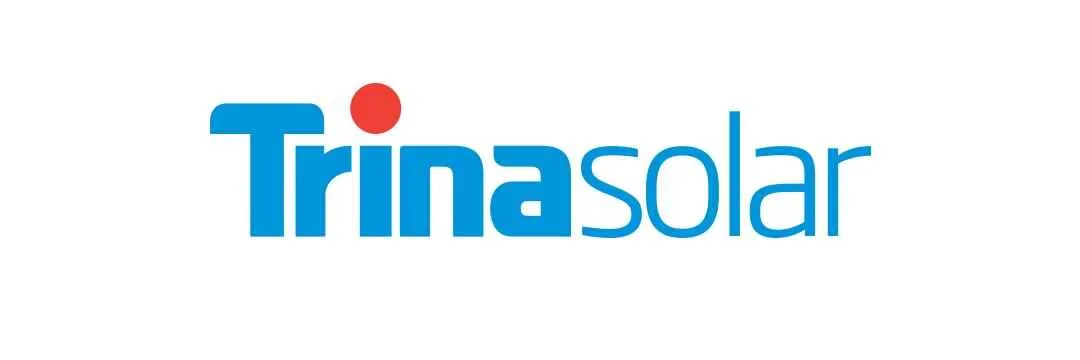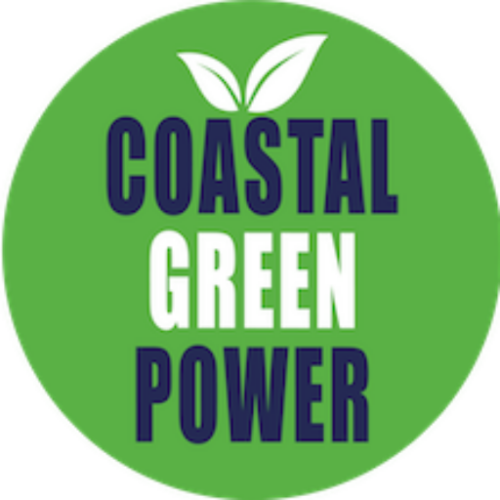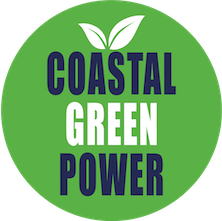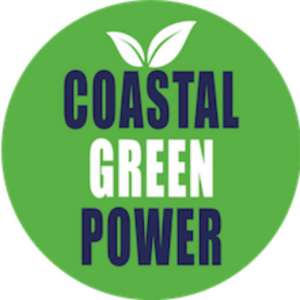FAQ's
Best In Solar Sales, Installation & Servicing
Choosing to change to solar energy often comes with a lot of questions. To guide you through the process, the team at Coastal Green Power has compiled answers to some of our frequently asked questions.
If you don’t see your question answered here, contact us and a member of our team will help with your query.
Frequently Asked Questions
1. What's the difference between grid connected and standalone solar systems?
A grid-connected solar system is connected to the local utility grid allowing excess electricity to be fed back into the network. This ensures no energy is wasted and saves the consumer money in the form of tariffs. On the other hand, standalone systems are not connected to a grid but instead charge a bank of batteries, which store the solar energy for future use.
2. What is a solar feed-in tariff?
When a solar PV system generates more electricity than needed, it is fed back into the grid. Solar feed-in tariffs are then paid by your electricity retailers for this electricity. These tariffs will differ depending on your state and retailer.
3. Does solar power work on cloudy days?
Yes, your solar panels will still convert UV to energy on cloudy days, they just won't work at maximum capacity. In low light situations, such as early in the morning or during overcast weather, your solar panels work at a reduced rate, also using stored battery or grid energy when needed.
4. How long do solar hot water systems last?
The lifespan of your solar hot water system depends on a number of factors, including how often it is serviced, where it is installed and how it is used. Generally speaking, solar hot water systems can operate for more than 10 years. Some systems have been reported working at 20 years old.
5. How does a solar hot water system work?
Solar collectors are located on the roof structure, often facing in a northerly direction. The sun heats the water in the collector, which then goes to a tank. Hot water rises naturally in the tank and is made available to the house via either a heat pump or gravity feed. Cold water sitting at the bottom of the tank moves to the collectors for heating as needed. This is a continuous cycle which will save your household money and reduce greenhouse gas emissions.
6. Can we use our solar electricity to heat our hot water?
Yes, with new technology, you can now divert your excess solar power to your hot water system, via the catch power system.
Get in Touch
Ensure you are getting optimal results from your solar energy system, call Coastal Green Power today, your green energy specialists.
